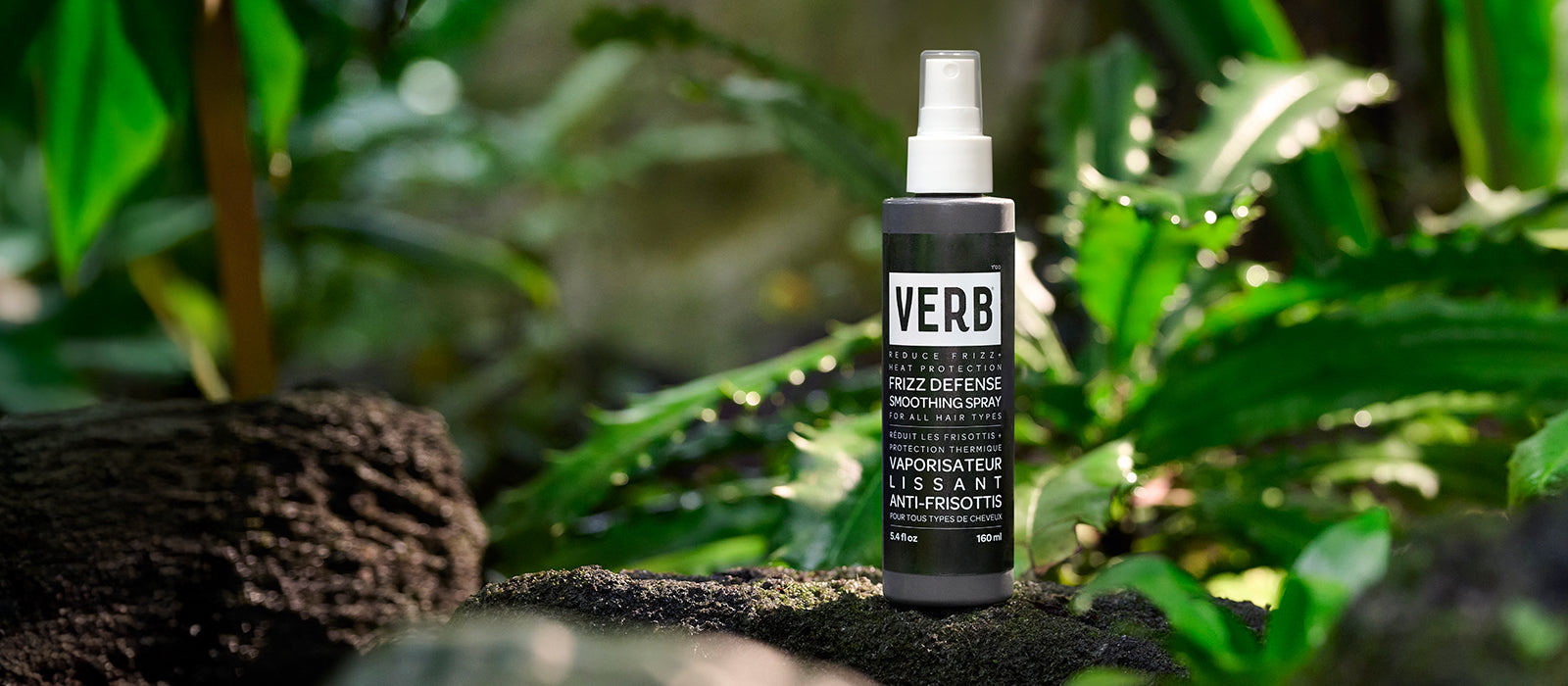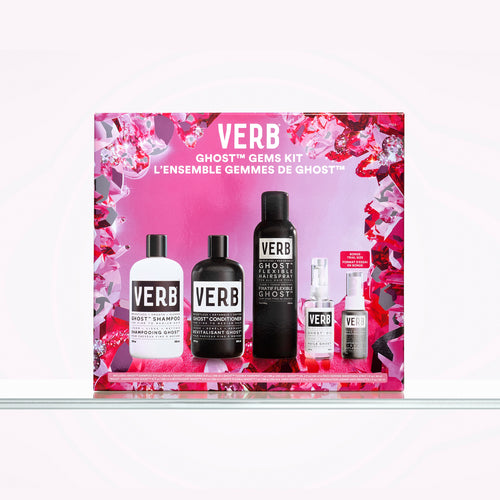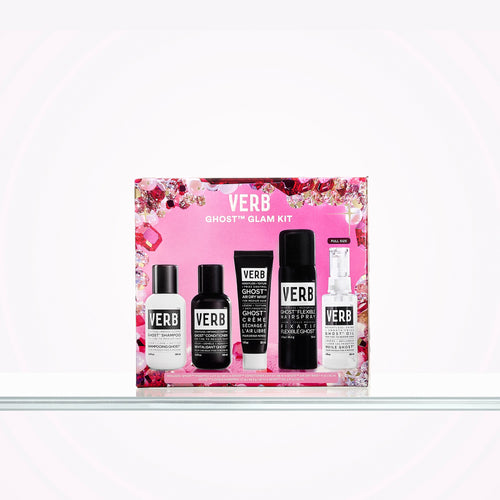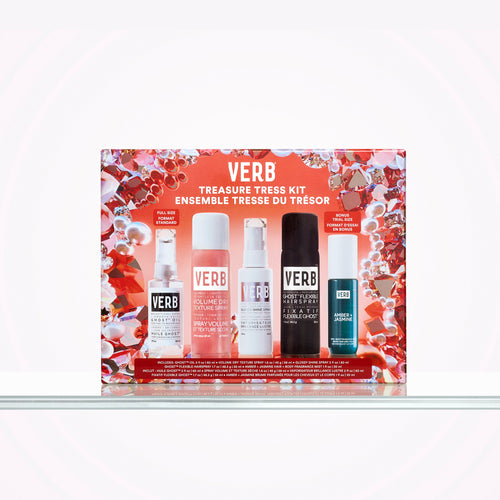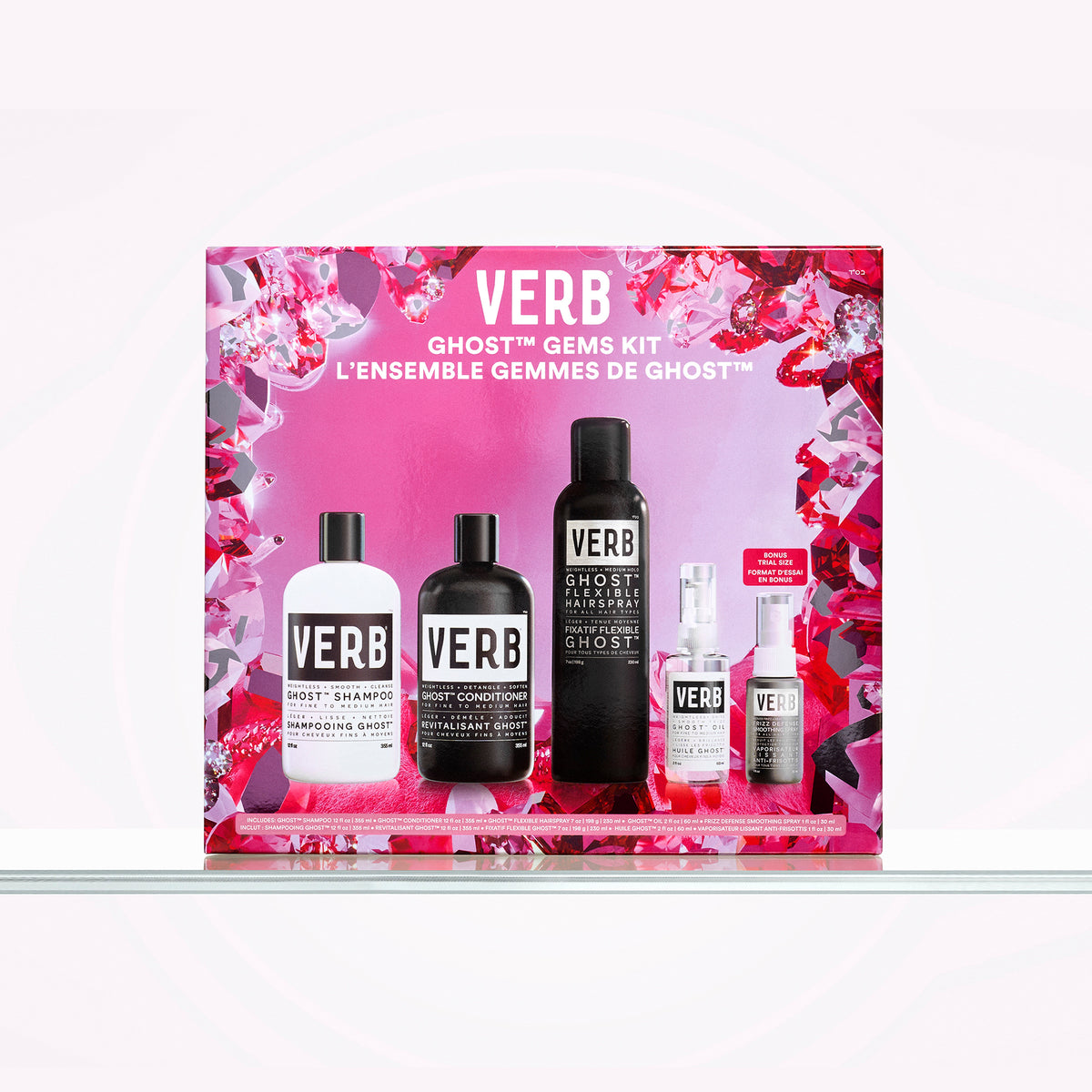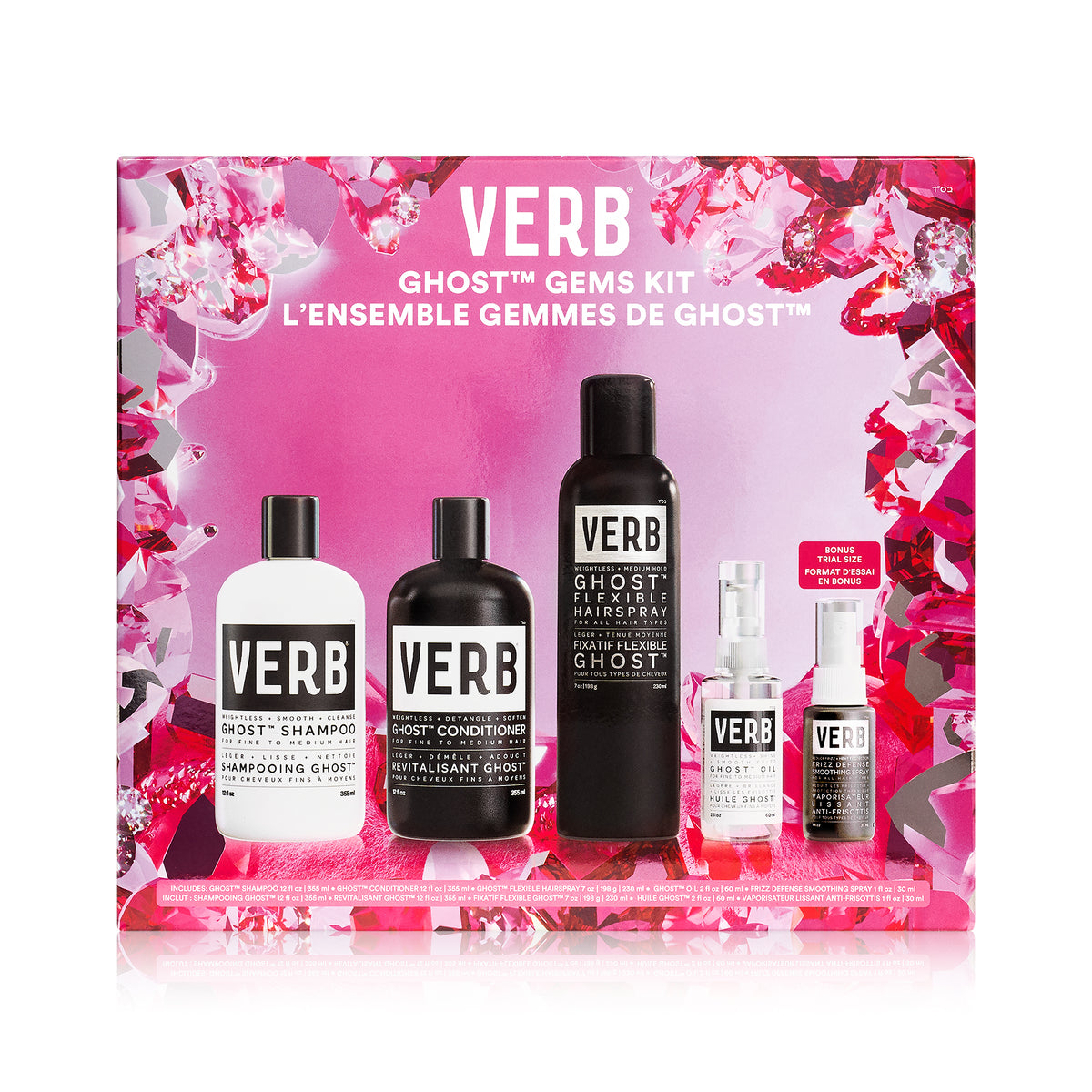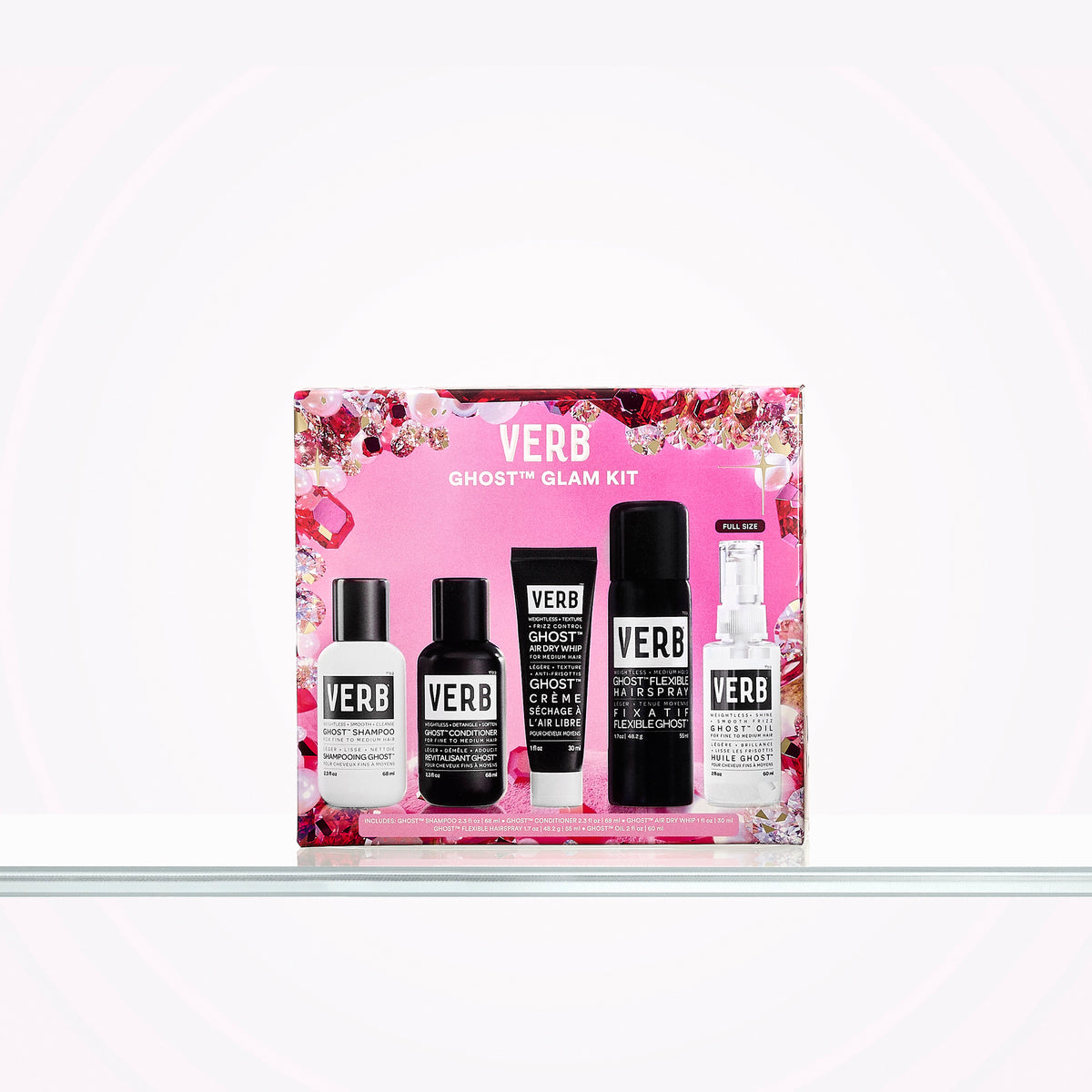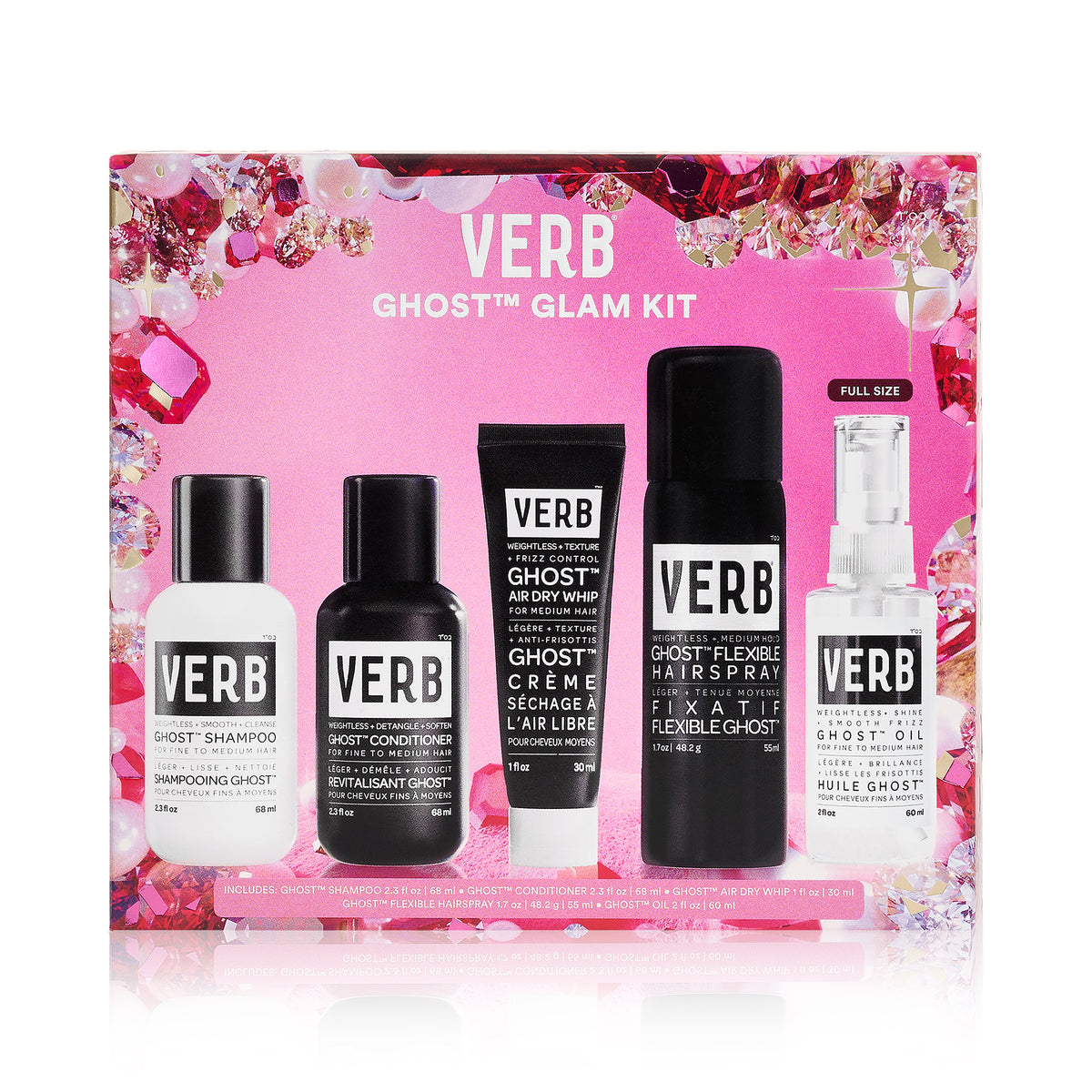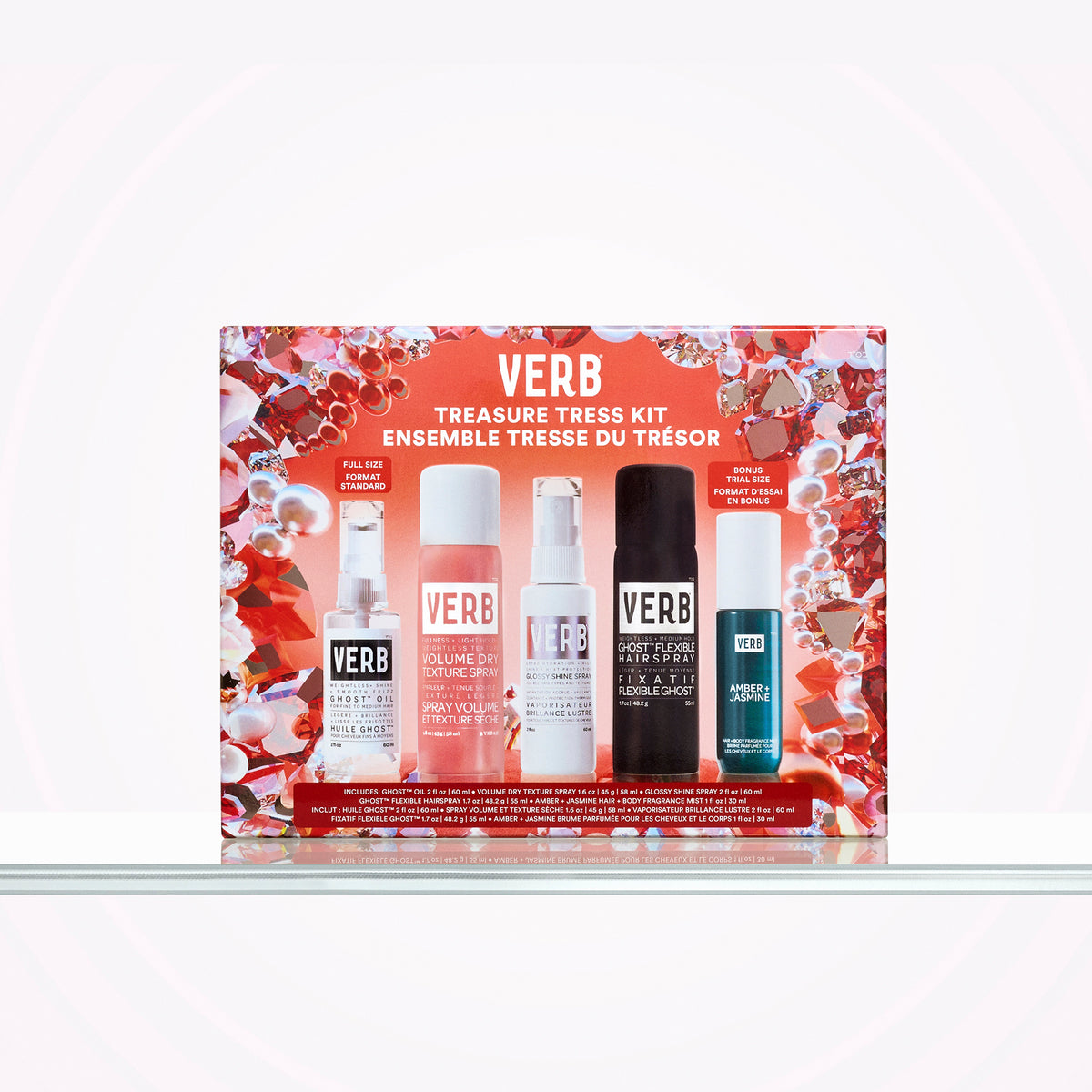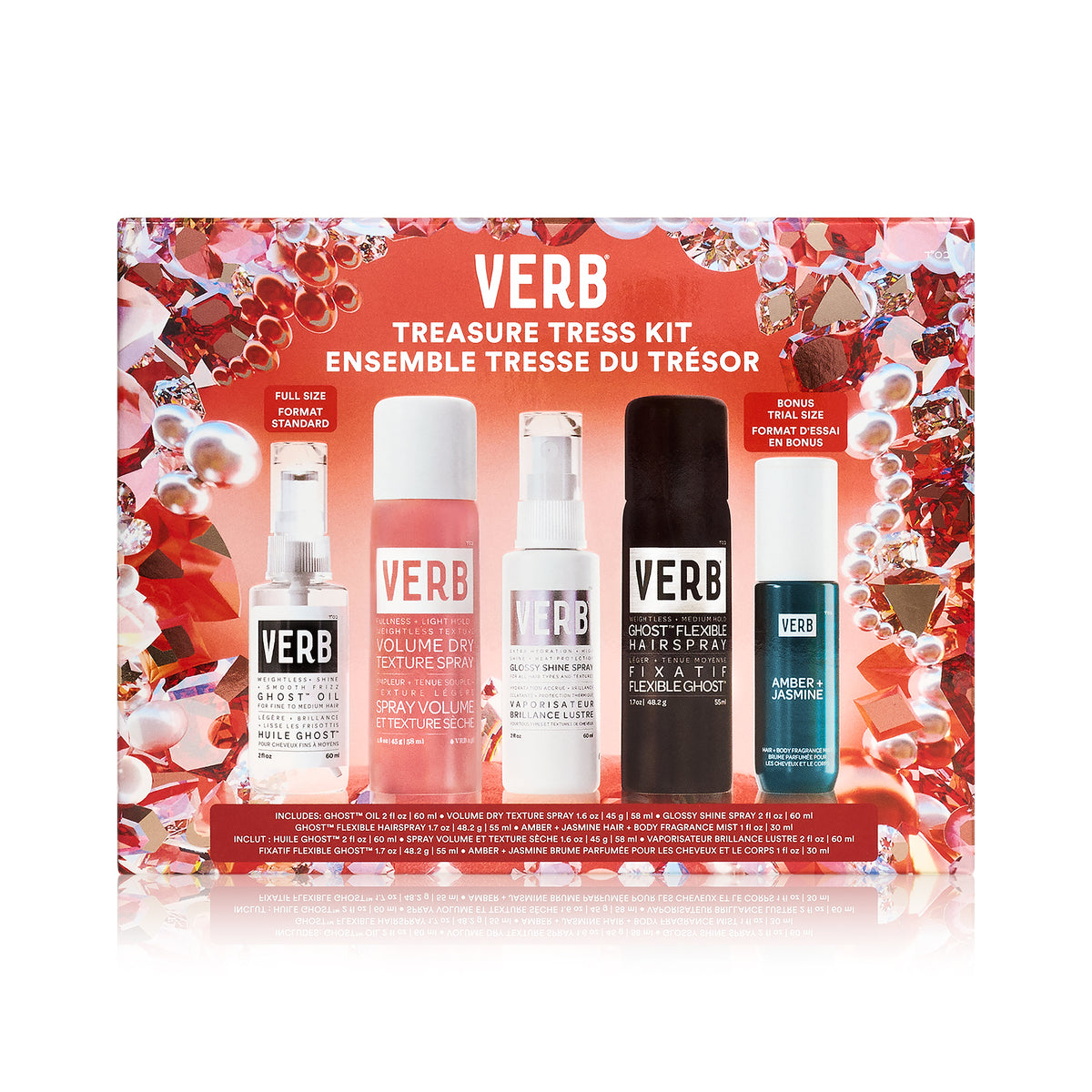Frizz can feel like the ultimate roadblock to smooth, polished hair. If you’ve ever caught yourself wondering, “Why is my hair so frizzy?” or struggling to tame a halo of flyaways, you’re not alone. Frizz happens to all of us, no matter our hair type. But here’s the good news: frizz doesn’t have to win. In this post, we’ll break down what causes frizz and, more importantly, how to fix it, so you can get back to having hair that looks and feels its best.
Why is my hair frizzy?
Frizz can happen to anyone. Which is why it’s important to differentiate frizz from other hair concerns. Naturally curly hair isn’t frizzy by default, nor are baby hairs, split ends, or breakage the same as frizz. While these issues can contribute to the overall look, frizz is a distinct challenge rooted in the structure and health of the hair strand. Before we get into what’s causing your hair to be frizzy, let’s take a look at what frizz is– and what it is not.
What is frizzy hair?
Frizzy hair occurs when individual hair strands lose their smooth alignment and stick out, creating a textured or uneven appearance. Different from “fluffy hair”, frizzy hair is most commonly associated with dryness, damage and high hair porosity, making it a frequent concern for individuals with wavy or curly hair. However, frizz can affect straight and fine hair as well, especially under the right (or wrong) conditions.
Why is my hair frizzy? 7 factors
If your hair feels like it has a mind of its own, there’s probably a reason for it (or a few). Let’s get into the main culprits behind frizz and what you can do about them.
Think you already know what’s making your hair frizzy? Click to jump to the section (and tips to fix) you need here:
- Environmental Factors
- Lack of Moisture
- Damaged Hair Cuticles
- Product Buildup
- Hair Porosity Issues
- Hair Type
- Styling Habits

frizz defense spray
an anti-frizz
shield with humidity
+ heat protection
1. Environmental factors
The weather has a significant impact on how your hair behaves. Humidity, for instance, forces moisture into the hair shaft, causing it to expand and misalign. On the other hand, dry climates or cold weather can strip moisture from your hair, leaving it brittle and prone to static. These extremes create the perfect storm for frizz.
Our recommendation: In the drier winter weather, try using products like our Ghost™ Dry Oil, which can help smooth flyaways and weightlessly tame frizz. On the flip side, invest in UV shielding products to protect your hair during summer and beat humidity!
2. Lack of moisture
Dry hair and frizz go hand in hand. When your hair doesn’t have enough moisture, it reaches out (literally) to grab it from the environment. This is why dry or dehydrated hair often looks dull, rough and full of flyaways. The root of the issue could be anything from skipping conditioner to harsh shampoos stripping away natural oils.
Our recommendation: Hydration is key! A weekly deep conditioning treatment like our Hydrate Mask is perfect for giving your hair a serious moisture boost. For daily hydration, try our Hydrate Oil to seal in moisture and keep your hair smooth and shiny.
3. Damaged hair cuticles
Think of your hair cuticle as a shield. When it’s healthy, it lies flat and locks in moisture. When it’s damaged—often from heat styling, over-processing and harsh brushing—it lifts, leaving your hair vulnerable to frizz. Damaged cuticles can make your hair look and feel rough, with a tendency to break or tangle easily.
Our recommendation: If possible, avoid overusing hot tools and always prep with a heat protectant spray before styling. Then, strengthen your hair with our top-rated Bonding Shampoo and Bonding Mask, which can help repair damaged hair bonds and reinforce your strands.
4. Product buildup
Too much of a good thing can lead to trouble—like product buildup on your scalp. When you pile on serums, hair oils and sprays without properly washing them out, your hair can feel heavy, greasy and yes, frizzy. Buildup weighs down your strands, making them harder to manage and prone to looking dull.
Our recommendation: Clarify your hair with a gentle scrub with our Ghost™ Exfoliating Scalp Nectar to remove product buildup without stripping essential moisture. Follow up with a hydrating conditioner or mask to keep your hair balanced and happy.
a lightweight serum that
gently exfoliates and helps
remove product build-up for a clean, nourished and refreshed scalp
shop5. Hair porosity issues
Hair porosity refers to how well your hair absorbs and retains moisture. High-porosity hair soaks up moisture quickly but loses it just as fast, while low-porosity hair struggles to absorb moisture in the first place. Both can lead to frizz if not managed properly.
Our recommendation: For high-porosity hair, lock in hydration with hair oil to create a protective barrier. Low-porosity hair benefits from lightweight products like our Ghost™ Oil to prevent buildup while delivering moisture where it’s needed.
6. Hair type
Your hair type—straight, wavy, curly and coily—can influence how prone you are to frizz. Curly and wavy hair types are naturally drier and more porous, making them more susceptible to frizz. Straight hair, though typically smoother, isn’t immune, especially if it’s fine or damaged.
Our recommendation: If you’ve got curls or waves, embrace them with our Curl Defining Mask, which adds hydration and definition while fighting frizz. For straight hair, focus on lightweight, frizz-fighting products like our Ghost™ Oil to keep things sleek and smooth.
7. Styling habits
Over-washing, rough towel drying, using hot tools without protection and skipping conditioning treatments can all contribute to frizzy hair. Even how you sleep—hello, cotton pillowcases—can mess with your hair’s texture.
Our recommendation: Be gentle with your hair. Swap rough towel drying for a microfiber towel or cotton T-shirt. Use a heat protectant every time you style and consider sleeping on a silk or satin pillowcase to reduce friction and preserve your hair’s natural oils. For regular maintenance, a hydrating hair mask like our Hydrate Mask can work wonders.

hydrate mask
an intensely hydrating hair mask
that hydrates and reduces frizz
for soft, smooth hair
What does your hair need? Take our quiz to find out!
Frizz happens to the best of us, but with the right knowledge and products, you can take control. From tackling environmental factors to repairing damaged cuticles and locking in moisture, there are plenty of ways to keep your hair smooth, soft and manageable.
The key is finding a routine that works for you—and that’s where we can help. Take our free hair quiz below to discover the perfect products to fight frizz and keep your hair looking its best every day.


